NEW STUDY SHOWS BEST MANAGEMENT OPTIONS TO ENHANCE NATIVE BIRD SURVIVAL IN KAUAI’S FORESTS
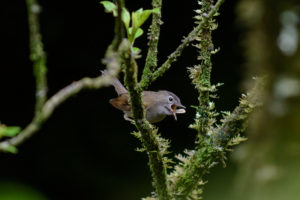 The Puaiohi is a critically endangered native thrush and the last of the island’s native seed-dispersing species. As such, the Puaiohi, which numbers only 500 birds in the wild, is central to maintaining healthy native forests. Given the Puaiohi’s critical ecosystem role, small population size and restricted range, gaining a better understanding of the conditions which affect its reproduction and survival is critical.
The Puaiohi is a critically endangered native thrush and the last of the island’s native seed-dispersing species. As such, the Puaiohi, which numbers only 500 birds in the wild, is central to maintaining healthy native forests. Given the Puaiohi’s critical ecosystem role, small population size and restricted range, gaining a better understanding of the conditions which affect its reproduction and survival is critical.
To address this issue, I and other researchers at the University of Hawaiʻi at Mānoa joined with KFBRP to look at how different types of management options might influence the population size of the Puaiohi, and thus, promote the species’ long-term survival. We found that rat control, even at conservative levels, appeared to be the most effective method of increasing Puaiohi abundance. Moreover, we found that female and juvenile survival appeared to be the most important influences on population growth and persistence, indicating that management should focus on increasing female and juvenile Puaiohi survival. Both females and juveniles are very susceptible to rat predation. Other management options, such as providing nest boxes and supplemental food and improving native habitat, also have potential to increase Puaiohi numbers.
In this study, we demonstrate that practical, attainable management activities can increase Puaiohi numbers and prevent the extinction of this unique endemic species. Furthermore, the study helps justify the enormous time and effort KFBRP, its partners and the public (via the very successful “Birds, Not Rats!” campaign) is investing in rat control in the Alaka’i.
You can read the full study here. The study has also been covered by the Garden Island Newspaper and KHON and HPR.

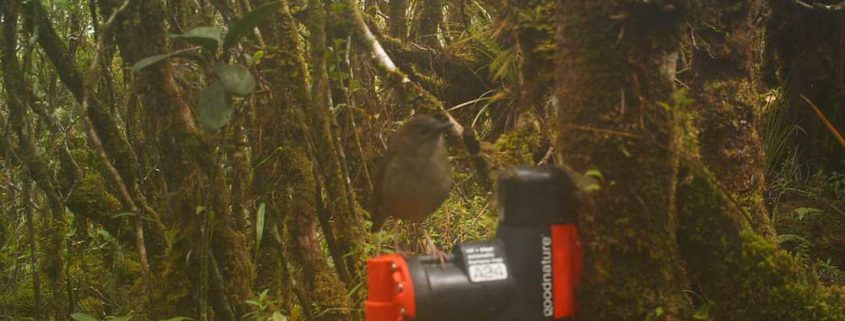
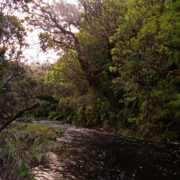
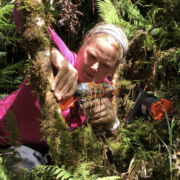
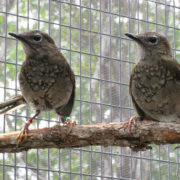
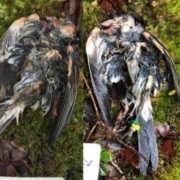
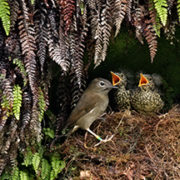
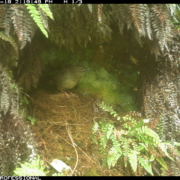
 Liz Abraham
Liz Abraham